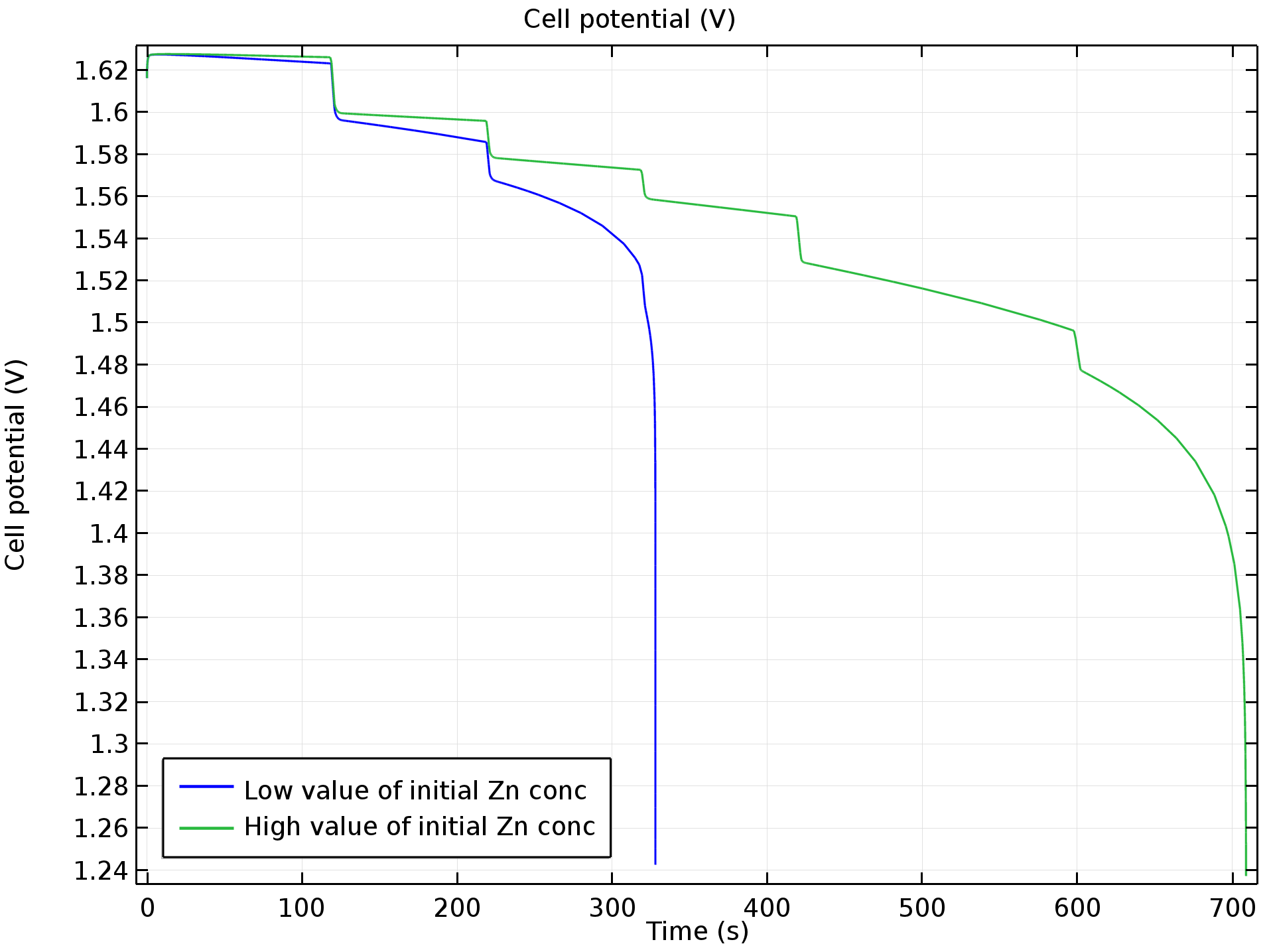


The positive electrode material is LiFePO 4, and negative electrode material is LiC 6. The maximum charging and discharging rates are 1 C and 2 C, respectively. The battery used is 18650 cylindrical Li-ion battery with normal capacity of 1.37 Ah, a normal voltage of 3.2 V, and a cut-off voltage of 3.6 V. The multistage CC-CV strategy is compared with CC-CV and two-stage CC-CV strategies at 25☌, 0☌, and −10☌.Ģ. This paper analyzes the charging characteristic of a Li-ion battery at different temperature, uses electrochemical model and first-order equivalent circuit model to analyze the bad low temperature characteristic of Li-ion battery in theory, and proposes a multistage CC-CV strategy. Although the preheating charging strategy at low temperature proposed in can increase the charging capacity, the self-preheating process costs too much time and cannot work at low SOC condition. But the charging performance at low temperature is not considered. The battery could start charging process at relatively high temperature and charging capacity was increased at low temperature.Īll the charging strategies increase the battery charging characteristic at different degrees proposed in. The pulse charging/discharging process was added before charging process so the battery could be preheated. The temperature increased more in discharging process compared to the temperature increase in charging process. studied the temperature characteristic of charging and discharging process. The charging strategy could shorten charging time with no obvious temperature rise. In, a constant-polarization-based fuzzy-control charging method was proposed to adapt charging current acceptance with battery SOC stages. With the charging strategy, the battery capacity could reach to 75% in 40 min. In, a Taguchi-based algorithm was used to obtain rapid charge. In, an Ant Colony System algorithm was used to select the optimum charging current among five charging states and the charging time was decreased and battery cycle life was extended by 25%. The charging capacity can be monitored to gain a higher level charging degree and avoid being overcharged. Reference constructed a SOC estimation model and the CC-CV charging process was controlled by battery SOC. Compared with conventional CC-CV strategy, the charging speed was increased by 14%, and charging efficiency was increased by 3.4%. Reference proposed a duty-varied voltage charging strategy that can detect and dynamically track the suitable duty of the charging pulse. The charging period was decreased and capacity was increased with the strategy. The boundary charging current curves were obtained by analysis of temperature rise and polarization voltage in charging process. In, an optimum current charging strategy based on the boundary charging current curves was proposed. In a three-step charging method for Ni/MH battery was proposed to obtain the rapid charge. Much work has been done on charging strategies in recent years.

Charging process is more difficult than the discharging process at low temperature. At low temperature, battery chemical activity decreases, resistance increases, and capacity is decreased. But the battery technology still cannot meet the EV demand of long travel distance, fast capacity recovery, and low temperature utilization. Li-ion battery has been widely used in EV for its high energy density, long cycle life, and high safety level. With the advantages of zero pollution, high energy efficiency, and pluralistic energy sources, electric vehicle (EV) has been the new development point of motor industry. The comparison results show that, at the target temperatures, the charging capacities are increased with multistage CC-CV strategy and it is notable that the charging capacity can reach 85.32% of the nominal capacity at −10☌ also, the charging time is decreased. The charging results of multistage CC-CV strategy are obtained at 25☌, 0☌, and −10☌, compared with the results of CC-CV and two-stage CC-CC strategies. In the proposed multistage CC-CV strategy, the charging current is decreased to extend the charging process when terminal voltage reaches the charging cut-off voltage. To improve the poor charging characteristic at low temperature, the working principle of charging battery at low temperature is analyzed using electrochemical model and first-order RC equivalent circuit model moreover, the multistage CC-CV strategy is proposed. Charging the Li-ion battery with constant current and constant voltage (CC-CV) strategy at −10☌ can only reach 48.47% of the normal capacity.


 0 kommentar(er)
0 kommentar(er)
